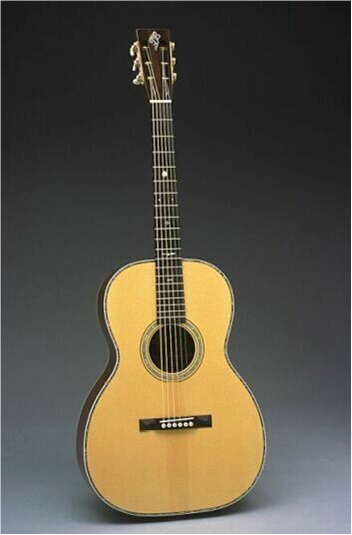Assignment:
Question 1. The goal is to give a guitar maker a list of the separation between successive frets on the neck of the guitar. In Figure ??, the frets are the thin metal bars transverse to the neck of the instrument. When a string is pressed against a fret with a finger, its effective length is the distance from the fret to the bridge, where all the strings are tied. The length determines the wavelength, and therefore the frequency of the note being played. When the string is “open”, it pressess against the white bar at the very top of the neck. This is called the “bone nut” or zero fret. Notice that the frets are not equally spaced. Here’s how this works. Say that the fundamental frequency of a string when it’s open is f0. When the length is halved, the same note is heard but an octave higher. Each octave contains 12 notes, so the frequency of the n-th note is
fn = f0 × 2^(n/12)
For example in the guitar shown here there are twenty frets, so you get a bit less than two octaves on each string.
The guitar’s “scale length” is the distance from the zero fret to the bridge, i.e. the length of each string when it’s open. A common scale length is 25.5 inches, or 64.8 cm. So the twelfth fret must be half this length from the zero fret, 32.4 cm. You can use this information to check your results.
OK, so you have to prepare for the guitar maker a table with the position of 12
frets, starting with the zero fret at 0 cm. Show how you calculated your values.
Question 2. In a classical guitar, the first string vibrates at 329.6 Hz when it is “open” (so its length is 64.8 cm, as discussed above). Its mass per unit length is 0.3614 g/m. Calculate the tension of the string in Newtons.
